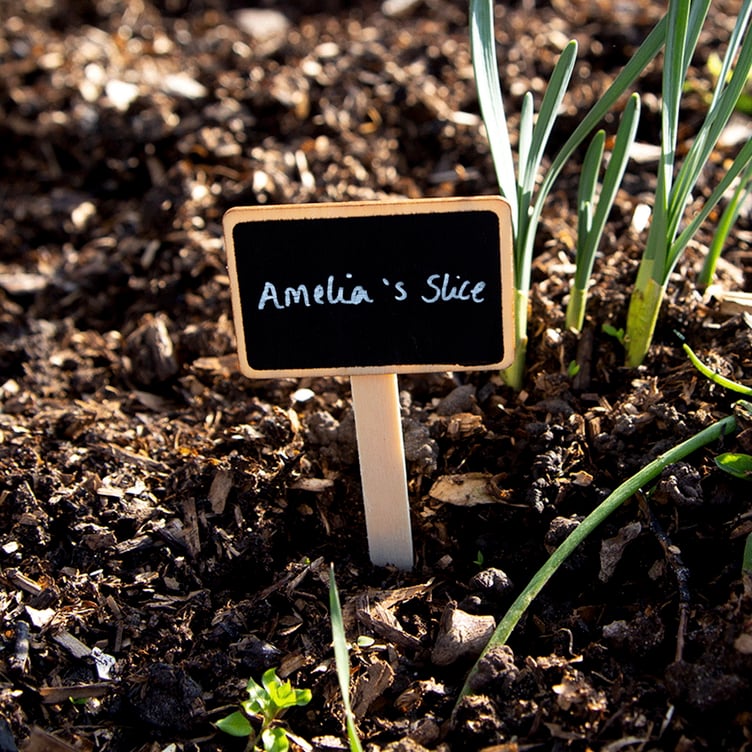To bring to life Ginsters’ new ‘Sow Your Own Slice’ service, Jeremy Oatey, Ginsters’ farming neighbour at Hay Farm in Torpoint, shares his top tips on growing tomatoes at home.
Along with his team at Hay Farm, Jeremy delivers locally sourced vegetables that go into Ginsters slices and has a bounty of knowledge when it comes to growing food.
The launch of the Sow Your Own Slice Service, follows new research from Ginsters that revealed nearly half of Brits (47%) admit to having poor or patchy knowledge of how the veg they eat is grown.
A fifth (20%) have never seen a vegetable grow at all, with 79% saying they have never personally grown a vegetable from seed to harvest, and one in ten (11%) having only ever seen their grandparents with green fingers[1].
The ‘Sow Your Own Slice’ service aims to help the nation get to know where the food on their plates comes from and demonstrate the field-to-fork journey of Ginsters’ range of slices. So, follow along with Jeremy’s tips to grow tomatoes at home, and sign up for our Sow Your Own Slice Service to get involved in the field to fork journey with Ginsters.
FIVE TOP TIPS ON GROWING TOMATOES AT HOME
Perfect for indoors: Tomatoes are great for growing indoors as, thanks to their need for lots of warmth, they can be grown either from seeds or from a plant.
If growing from seeds, pop them in 7.5cm pots of moist peat free compost, top with a thin layer of vermiculite (available at most plant shops or even some supermarkets), then water and cover with cling film.
Stand the pot on a warm, bright windowsill or in a propagator. Once germinated – and with their second ‘true leaves’ – they can be moved to a kitchen windowsill, conservatory or greenhouse.
Timing is important: The best time to sow tomato seeds is from February to April, however tomato plants can be planted later on in May or June.
Once your tomatoes have grown they can be harvested any time when they’re ready – usually from July up until October.
Preheat your soil: And no, we don’t mean to pop it in the oven!
It may sound strange, but tomatoes like a warm bed to lie in, so make sure that your soil is at least at comfortable room temperature when you plant.
This is especially important if you bring your in soil from outside.
Have any used coffee grounds? No need to throw them away, and instead mix some in with your soil when planting your tomatoes!
Coffee grounds contain nitrogen as well as phosphorus and potassium which all help aid growth.
Tomatoes are a thirsty bunch: Watering is key for tomato plants – as a rule, try to make sure fruiting plants receive 1 to 1.5 inches of water per week and keep an eye on them when its warmer as they may need even more. If your plants start to look wilted for most of the day, give them a drink.
Bonus tip: Those who may not fancy growing tomatoes at home or are perhaps looking to grow something a bit different don’t need to miss out!
There are loads of other veggies that can grow very well at home – the best and easiest veg to grow at home include spring onions, radishes and a variety of herbs.
You can even grow potatoes at home – just make sure you have a big enough pot!
Want to make the most of local produce but don’t have the time or space to grow your own?
Why not sign up to Ginsters’ new ‘Sow Your Own Slice’ service via the Ginsters website?
We’ll do all the hard work for you and plant some potatoes and onions on your behalf, bake them into some delicious slices once they’re ready and send them over to you in a personalised pack.





Comments
This article has no comments yet. Be the first to leave a comment.